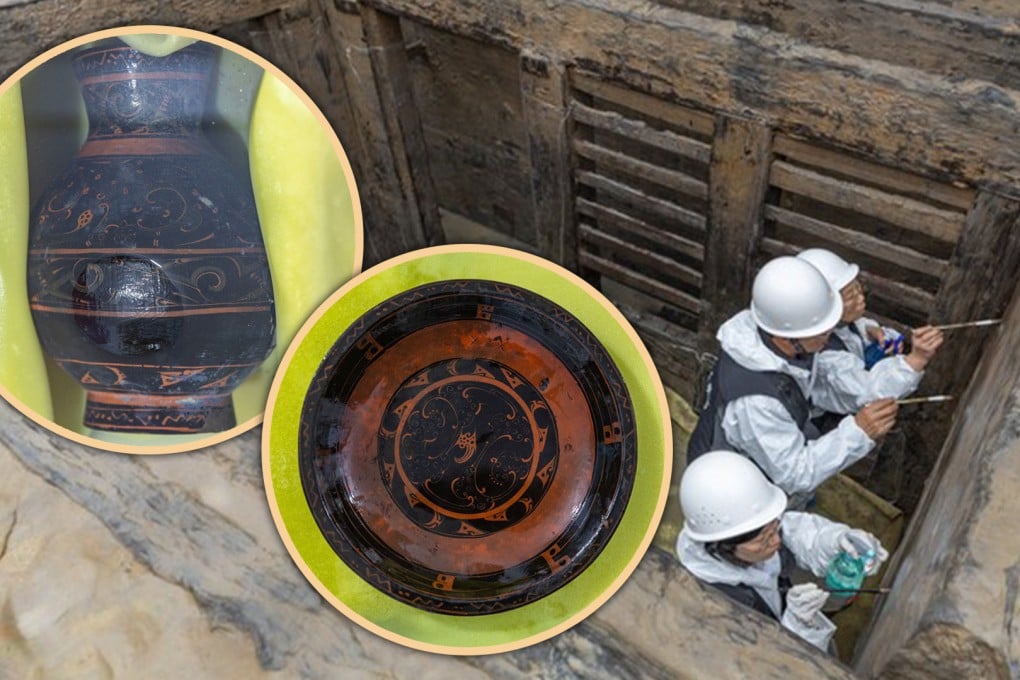Chinese archaeologists find well-preserved 2,200-year-old Western Han dynasty tomb and can pinpoint exact date it was sealed
- Tomb had sat underwater but had not been breached, meaning wooden coffin sat undisturbed for thousands of years
- Star artefacts were wooden slips, which would have been related to Chinese zodiac

Archaeologists in China recently discovered a well-preserved burial site in southwest China from the early Western Han dynasty (202 BC – 25 AD), which contained enough evidence that the team could confidently say the tomb was sealed in 193 BC.
The site was found during the construction of a hydropower project in Chongqing municipality in southwestern China.
The high quality of the site was primarily because it was underwater, but the chamber had not been breached, meaning the wooden coffin and funerary objects sat undisturbed for millennia without discovery or deterioration, according to state-owned newswire Xinhua.

The wooden coffin remained exceptionally well preserved, and scientists found 600 artefacts during the first excavation, which included various items made out of lacquer, wood, bamboo, bronze, and pottery.
Huang Wei, who led the excavation project, said in the report: “What is exciting about this discovery is not just the large number of unearthed artefacts but also a list of burial items that indicate a precise record of burial, which has been verified as 193 BC, providing clarity on the tomb’s date. A piece of unearthed jade ware shows the prominent position of the tomb owner.”
The date makes the tomb the earliest known Western Han burial site discovered in China.
One significant discovery was finding ganzhi, which are ancient pieces of wood used to represent the sexagenary cycle of the Chinese zodiac. The sexagenary cycle is a 60-year cycle with more specific zodiac representations, such as the “fire horse” or “water pig”.